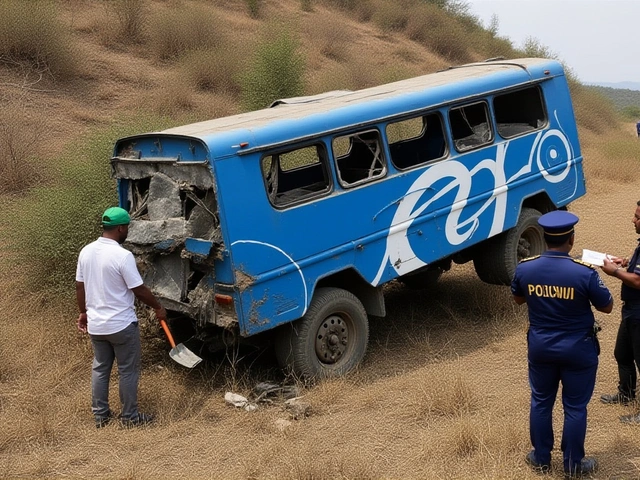Australian pilot Timothy James Clark killed in Brazil while hauling 200 kg of SpaceX‑branded cocaine
Sep 23 2025
When you see R6.7 billion, a monetary amount that frequently shows up in South African fiscal reports, major corporate deals and large‑scale infrastructure projects. Also known as R6.7bn, it signals a level of spending that can shift budget priorities, spark new jobs and affect inflation across the region.
One of the biggest ways this figure surfaces is in the South African economy, the nation’s overall economic health, measured by GDP, unemployment and fiscal stability. The government’s annual budget often earmarks billions for roads, railways and energy upgrades, and a sum like R6.7 billion usually belongs to a single sector or a multi‑year plan. For example, a new highway stretch might be allocated R6.7 billion, which in turn creates construction jobs, boosts supply‑chain activity and can lower transport costs for businesses.
Another key player is the government budget, the official plan that outlines how public money is raised and spent each fiscal year. When a ministry requests R6.7 billion, parliament debates the trade‑off between that spending and other priorities like health, education or debt repayment. The decision shapes the country’s fiscal deficit, which influences interest rates and the value of the rand. In practice, a R6.7 billion allocation can fund a new power plant, expand broadband to rural areas or finance a sports stadium—each with its own ripple effects on growth.
From a private‑sector view, infrastructure investment, the infusion of capital into physical assets such as roads, ports, rail lines and utilities, often relies on public funding of this size. Developers and construction firms line up for contracts, banks assess loan risk, and local suppliers see orders spike. The economic multiplier of a R6.7 billion project can be several times the original spend, because workers spend their wages and businesses buy more inputs. That’s why analysts watch this number closely—it hints at future growth corridors and investment hotspots.
Putting it all together, the central topic R6.7 billion encompasses budgetary planning, economic impact and infrastructure development. It requires coordination between the treasury, ministries and private partners, and it influences inflation, employment and the country’s credit rating. Readers will find stories about massive road upgrades, ambitious energy projects, and even sporting deals that hinge on similar sums. Below, the curated collection of articles breaks down how this amount shapes policy, fuels jobs and reshapes the economic landscape across Africa.
South Africa seized R6.7bn in luxury assets tied to a Tembisa Hospital corruption scheme, implicating Andile Ramaphosa and halting vital services for 1.2 million residents.

Sep 23 2025

Oct 22 2025

Jun 27 2025

Oct 14 2025

Jun 10 2025